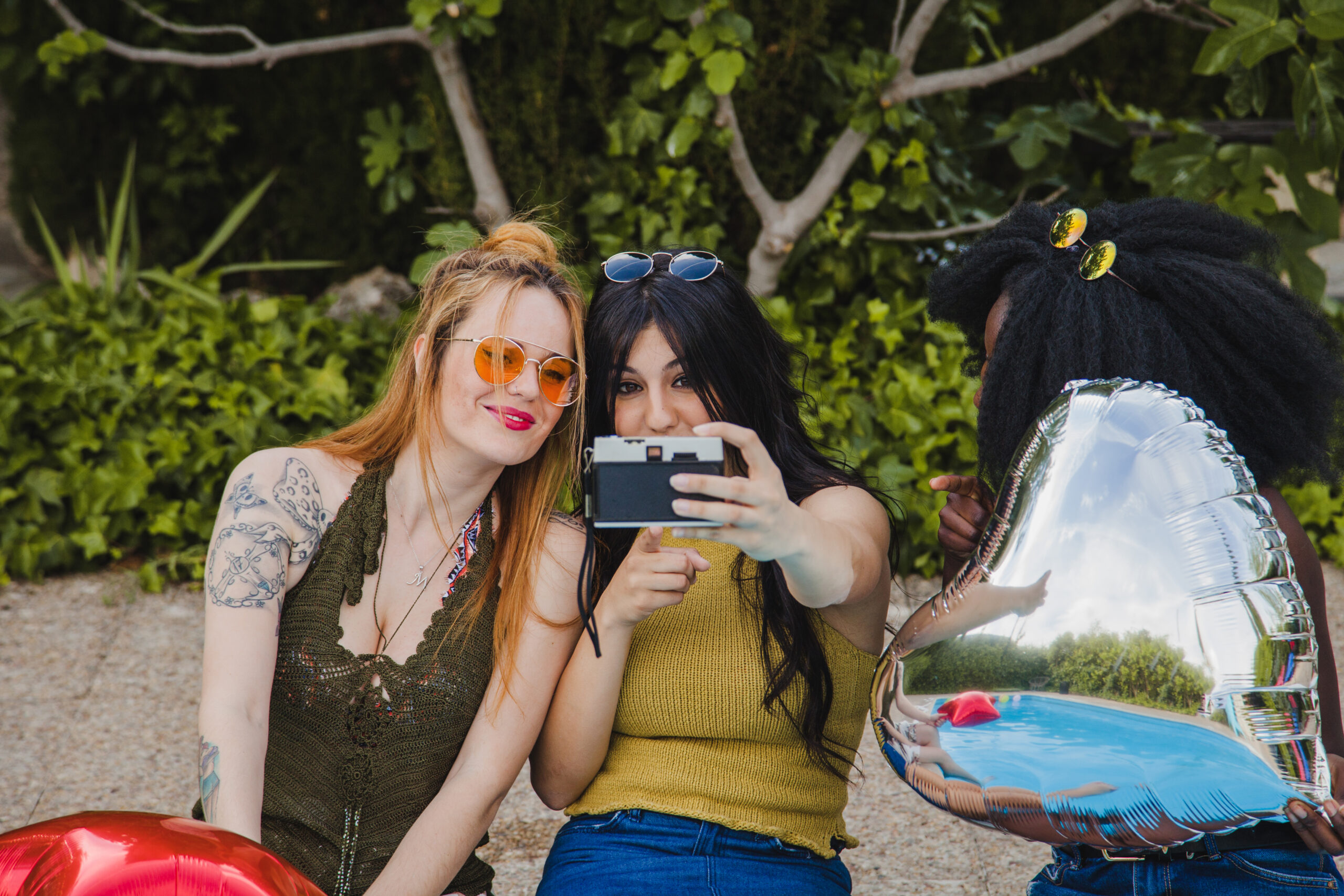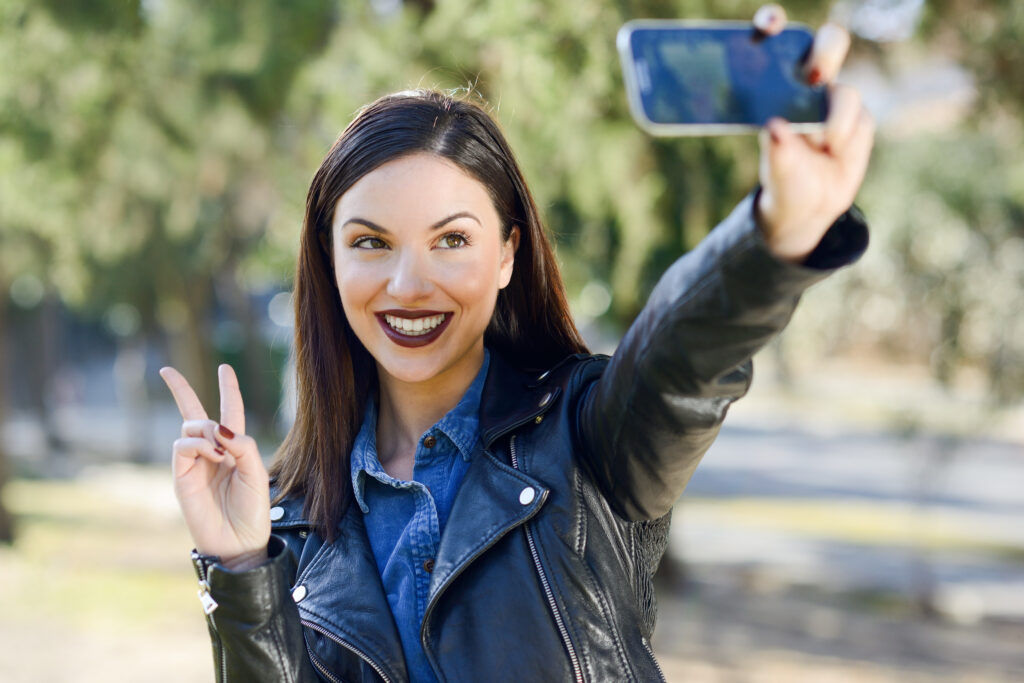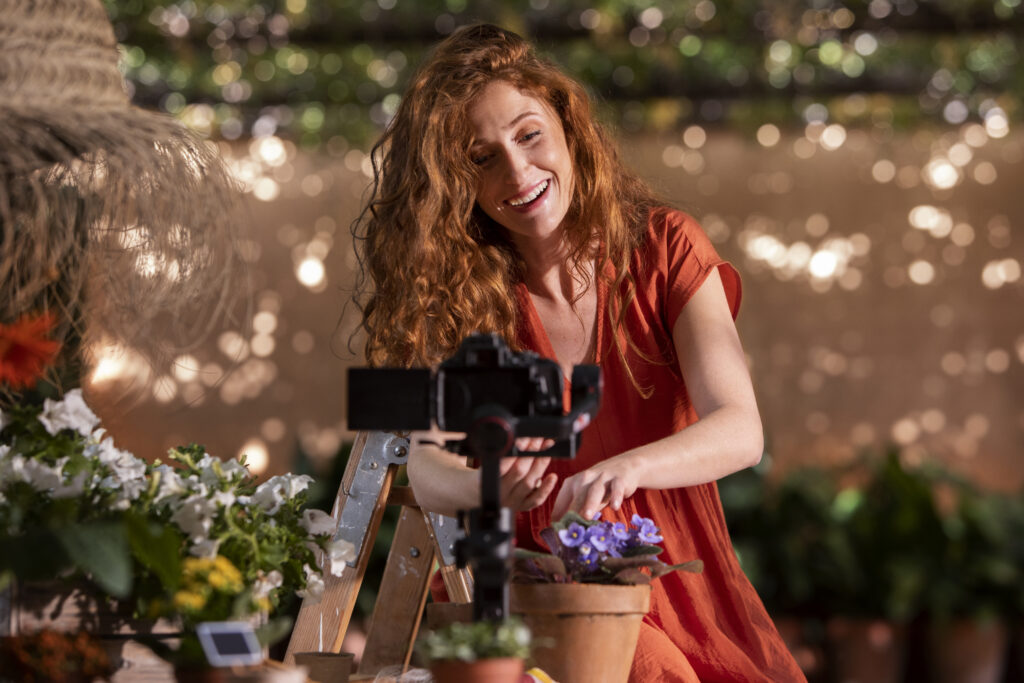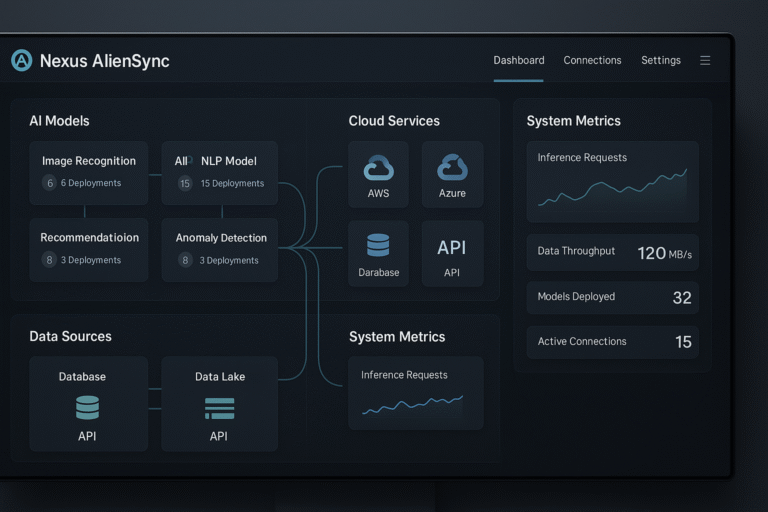
Introduction: The Wild Reality Behind the Feed
It’s no secret — the influencer world isn’t as perfect as it looks. Behind the curated feeds, glossy selfies, and polished partnerships lies a side of social media most people rarely see. That’s where “influencersgobewild” comes in — a phrase that captures the chaos, controversy, and creativity that emerge when influencers push boundaries for fame and attention.
Whether it’s jaw-dropping stunts, viral meltdowns, or unfiltered authenticity, influencers going “wild” have reshaped what online influence even means. In this article, we’ll dive deep into what drives this trend, why audiences can’t look away, and what lessons both fans and creators can take from the madness.
What Does “InfluencersGoBeWild” Mean?
At its core, “influencersgobewild” represents the explosive collision between fame, freedom, and followers. It’s what happens when social media creators step outside the safe zone — intentionally or not — and reveal their rawest selves online.
This can mean:
- Posting shocking, risky, or controversial content
- Sharing deeply personal or emotional moments in real time
- Breaking social norms for attention
- Blurring the line between authenticity and chaos
Some do it for clicks, others for truth — but the results always spark debate.
In short, influencersgobewild isn’t just a phrase; it’s a phenomenon that reflects how modern fame thrives on unpredictability.
| You May Also Like: Littleminaxo: The Rising Star of Digital Content Creation in 2025 |
Why Do Influencers Go Wild? The Hidden Triggers
Every viral storm has a cause. Influencers rarely “go wild” without pressure building behind the scenes. Let’s uncover the key triggers that push creators to the edge.
1. The Algorithm’s Hunger for Drama
Social media rewards engagement — not peace. Controversy, outrage, and shock content drive faster reactions. When algorithms favor spikes in emotion, creators feel forced to outdo themselves just to stay visible.
2. The Battle for Relevance
In an overcrowded influencer market, standing out can feel impossible. Going wild becomes a strategy — a calculated risk to reignite attention or reclaim the spotlight.
3. Mental Health and Burnout
Constantly performing perfection is exhausting. Many influencers experience content fatigue, identity pressure, or burnout — leading to impulsive behavior, rants, or breakdowns caught live on camera.
4. Fame’s Psychological Trap
The dopamine hit of likes and views can be addictive. The more attention they get, the harder it is to stop chasing it — even if that means crossing personal or ethical boundaries.

Real Examples: When Influencers Actually Went Wild
While names vary, the pattern is global — from micro-creators to global stars. Here are some real-world inspired examples of influencers going “wild” in their pursuit of fame:
- The Shock Streamer: A live streamer fakes dramatic accidents to gain sympathy — until viewers discover the truth.
- The Viral Prank Gone Wrong: Influencers stage public pranks that cross legal or moral lines, resulting in bans or lawsuits.
- The Emotional Confession: Some creators go live mid-breakdown, turning private struggles into public spectacle.
- The “Unfiltered” Rebrand: Influencers delete curated posts to embrace authenticity — posting real skin, messy rooms, or emotional rants.
Each of these moments draws millions of views, thousands of comments, and one inevitable question: Was it real or just for the clicks?
The Allure: Why Audiences Can’t Look Away
There’s something magnetic about watching influencers go off-script. We’re drawn to authenticity — even when it’s messy.
Here’s why audiences engage so deeply:
- Curiosity: People want to see behind the curtain of fame.
- Relatability: A wild moment reminds followers that influencers are human too.
- Entertainment: Drama sells — and online chaos feels like a live reality show.
- Empathy: Some fans stick around out of concern or emotional connection.
In other words, audiences reward vulnerability and unpredictability, even when it gets uncomfortable.
The Dark Side of Going Wild
Of course, not all attention is good attention. When influencers go too far, the consequences can be harsh and lasting.
Reputation Damage
Once an influencer loses trust, rebuilding it can take years. The internet rarely forgets.
Platform Backlash
TikTok, YouTube, and Instagram have strict community rules. Wild behavior — especially involving harm or misinformation — can lead to suspensions or permanent bans.
Mental Health Fallout
Behind every viral breakdown is a person dealing with stress, pressure, and emotional overload. The constant exposure amplifies anxiety and loneliness.
Brand Burnout
Sponsors drop partnerships fast when influencers court controversy. A single wild post can cost thousands in lost deals.

Why “Going Wild” Sometimes Works
Not every wild moment is a failure. In some cases, it’s a smart rebrand.
When done intentionally — with creativity, authenticity, or humor — going wild can help influencers:
- Reinvent their image
- Connect with new audiences
- Humanize their brand
- Spark important conversations
Creators like Charli D’Amelio or MrBeast show how boundary-pushing content can thrive without self-destruction, focusing on creativity over chaos.
How Influencers Can “Go Wild” — the Right Way
If you’re a creator looking to make waves without wrecking your reputation, here are some pro tips:
- Keep It Real, Not Reckless
Share your truth — but don’t overshare your trauma. - Set Personal Boundaries
Know what you’re comfortable putting online, and protect that line. - Check Intent vs. Impact
Ask yourself: “Am I doing this for attention or for purpose?” - Collaborate Instead of Compete
Wild doesn’t have to mean solo chaos — joint campaigns, bold creativity, or humor can create buzz safely. - Take Breaks
Going offline is sometimes the bravest move you can make.
The Cultural Impact of “InfluencersGoBeWild”
The trend says a lot about us as a society. We’ve grown used to constant entertainment, instant reactions, and public vulnerability. Influencers just mirror the collective appetite for drama and relatability.
But it also raises critical questions:
- Are we rewarding harmful behavior online?
- How much authenticity is too much?
- Can “realness” survive when fame depends on clicks?
These questions redefine what it means to be an influencer in 2025 and beyond.
Conclusion: The Balance Between Boldness and Burnout
The influencersgobewild phenomenon is both thrilling and tragic — a symbol of digital freedom and its consequences. It proves that people crave realness, but also that constant exposure can twist reality into performance.
In the end, the most powerful influencers aren’t the wildest — they’re the ones who know when to roar and when to retreat.
Because in the world of social media, going wild might make you viral — but staying grounded makes you unforgettable.






